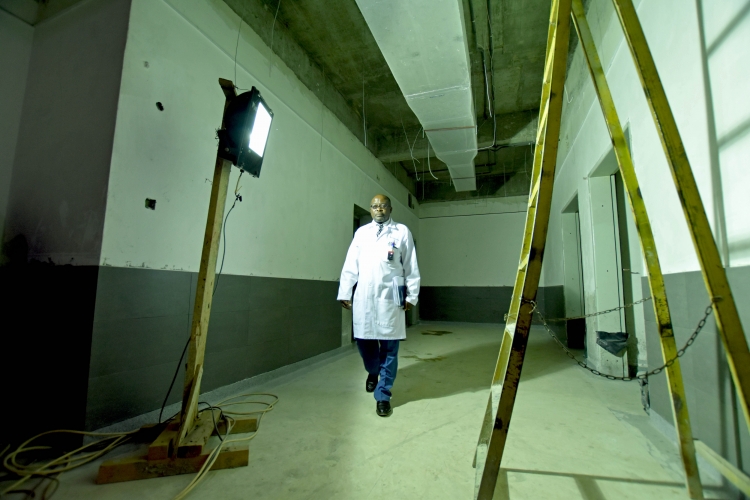In early 2016, the sole functioning radiotherapy machine in Uganda broke down, leaving 40 million people in this East African country without access to this life-saving treatment. Following a request from the government, the IAEA provided expert services, staff training and procurement of equipment through its technical cooperation programme, leading to the procurement and installation of a new machine and the re-establishment of radiotherapy services in the country.
Agency support continued throughout 2016 and 2017, and a new, national cancer control project—launched in January 2020—now promises to continue the path towards stronger, more accessible cancer therapy services.
Expanding nuclear medicine and radiotherapy services
The Uganda Cancer Institute (UCI), which housed the radiotherapy machine, is a cancer research, healthcare and training institute of the Ugandan Ministry of Health, and it receives more than 5,000 new cancer patients each year. Both diagnostic and treatment facilities are essential to any cancer institute, allowing doctors to assess the site and extent of the cancer accurately, and to plan the most effective treatment. As a consequence of the types of tumours seen most commonly in Uganda, more than half of the individuals diagnosed at the UCI would then benefit from radiotherapy, and breakdown of the service was disastrous. Overall, assessments made by the International Agency for Research on Cancer show that nearly 30,000 new cancer cases are reported annually in the country, and tragically, more than 20,000 cancer-related deaths are recorded each year.
In the quest to reduce the mortality of cancer, improving the accurate staging of the disease is essential. Despite receiving thousands of referrals from health clinics around Uganda to conduct diagnostic evaluations, the nuclear medicine (NM) unit at the Mulago National Hospital—the only such facility in the country—could only provide imaging services to a small fraction of their patients.







